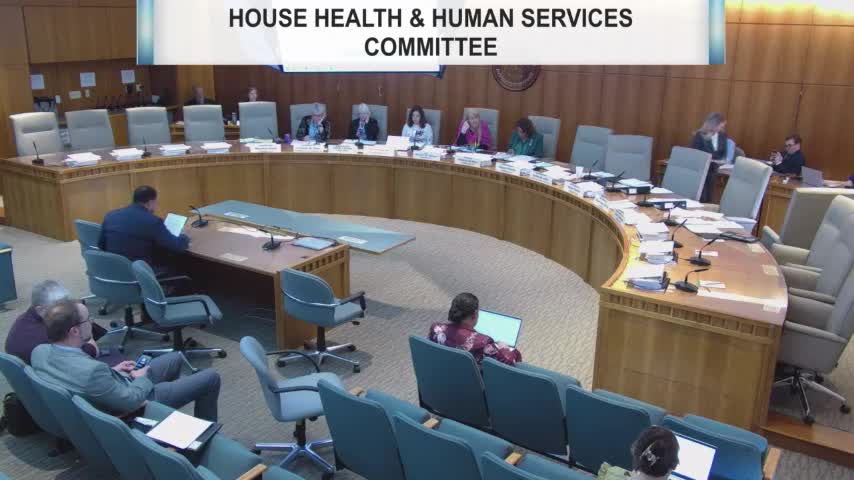New Mexico proposes resident physician recruitment program to address physician shortage
March 12, 2025 | House of Representatives, Legislative, New Mexico
This article was created by AI summarizing key points discussed. AI makes mistakes, so for full details and context, please refer to the video of the full meeting. Please report any errors so we can fix them. Report an error »

New Mexico is taking a significant step to address its physician shortage with the introduction of House Bill 579, aimed at establishing a resident physician recruitment program. During a recent legislative meeting, supporters highlighted the pressing need for more healthcare providers in the state, particularly in rural areas.
Dr. Roy Ball from the University of New Mexico (UNM) School of Medicine presented compelling statistics, revealing that only 21% of MDs and DOs trained at UNM remain to practice in New Mexico. This figure drops to 19% for those who completed their residency in the state. In contrast, 68% of those who trained at prestigious institutions like Yale choose to practice in New Mexico, underscoring the importance of local training and community ties.
The proposed program would allocate $1.2 million to allow approximately 25% of current residents to undertake two-week rotations at non-UNM hospitals or clinics. This initiative aims to foster relationships between young doctors and the communities they serve, with the hope that these experiences will encourage them to stay in New Mexico after completing their training. Past successes, such as a joint residency program with First Choice Community Healthcare Clinic, demonstrated that 50-75% of residents who participated remained in the state, often in underserved areas.
Supporters of the bill, including representatives from the New Mexico Medical Society, emphasized its potential to significantly improve recruitment and retention of medical providers, particularly in rural regions. However, some legislators raised concerns about the bill's structure, questioning whether the funding would effectively increase residency slots or simply support existing programs.
Despite these concerns, there is a consensus that any additional funding for residency programs is a positive step, especially given the current challenges facing healthcare in New Mexico. The bill is expected to move forward to appropriations, where further clarifications and potential amendments may be discussed to ensure its success in addressing the state's healthcare needs.
Dr. Roy Ball from the University of New Mexico (UNM) School of Medicine presented compelling statistics, revealing that only 21% of MDs and DOs trained at UNM remain to practice in New Mexico. This figure drops to 19% for those who completed their residency in the state. In contrast, 68% of those who trained at prestigious institutions like Yale choose to practice in New Mexico, underscoring the importance of local training and community ties.
The proposed program would allocate $1.2 million to allow approximately 25% of current residents to undertake two-week rotations at non-UNM hospitals or clinics. This initiative aims to foster relationships between young doctors and the communities they serve, with the hope that these experiences will encourage them to stay in New Mexico after completing their training. Past successes, such as a joint residency program with First Choice Community Healthcare Clinic, demonstrated that 50-75% of residents who participated remained in the state, often in underserved areas.
Supporters of the bill, including representatives from the New Mexico Medical Society, emphasized its potential to significantly improve recruitment and retention of medical providers, particularly in rural regions. However, some legislators raised concerns about the bill's structure, questioning whether the funding would effectively increase residency slots or simply support existing programs.
Despite these concerns, there is a consensus that any additional funding for residency programs is a positive step, especially given the current challenges facing healthcare in New Mexico. The bill is expected to move forward to appropriations, where further clarifications and potential amendments may be discussed to ensure its success in addressing the state's healthcare needs.
View full meeting
This article is based on a recent meeting—watch the full video and explore the complete transcript for deeper insights into the discussion.
View full meeting
